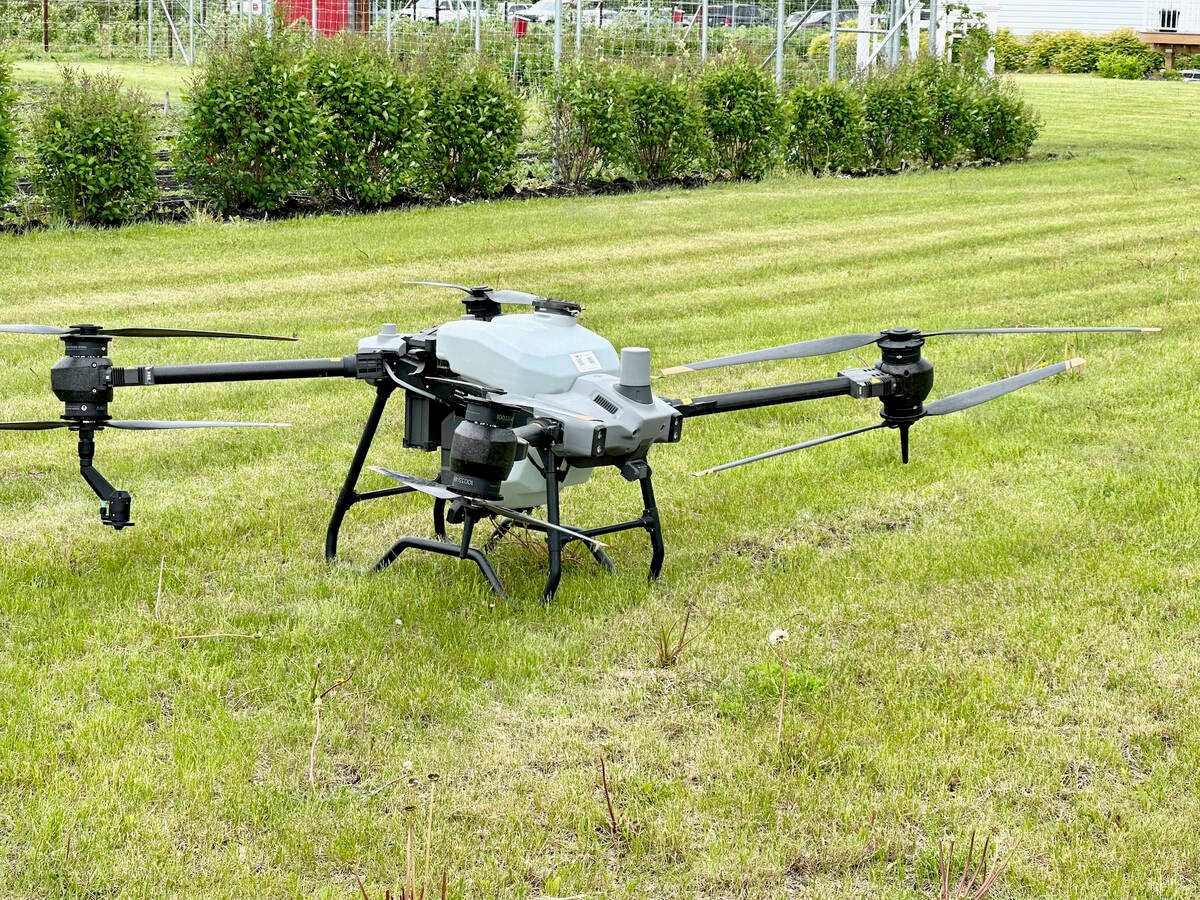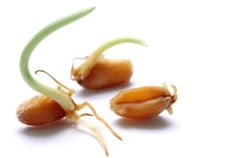CALGARY – Farmers have been told by biofuel companies and government officials that there will be a market for their crop residue when cellulose ethanol arrives. But one biofuel expert can’t see that happening.
Kevin Gray, director of alternative fuels at Verenium Corp., a leading developer of cellulosic ethanol technology, said corn stover and wheat straw are uneconomical feedstocks compared to other raw ingredients.
“It is difficult to see how it will work for some of these ag residues with such low yields,” he said.
Read Also

Canadian Food Inspection Agency red tape changes a first step: agriculture
Farm groups say they’re happy to see action on Canada’s federal regulatory red tape, but there’s still a lot of streamlining left to be done
Iogen Corp. has stated it needs to secure about 800,000 tonnes of wheat and barley straw for its inaugural commercial-scale cellulose ethanol plant. But Gray has a hard time understanding how that would be economical.
Cellulose plants are expensive to operate. The enzyme and fermentation process required to break down cellulosic fibres and create fuel is a costly endeavour.
To keep the price of cellulose ethanol within the current $1.80 US per gallon going rate for grain-based ethanol, plants will be forced to keep feedstock costs in check and that means getting the most tonnage of raw material at the lowest cost.
Corn stover yields three tonnes of feedstock per acre, which means a typical 94 million litre cellulose ethanol plant would need to source that raw material from 104,000 acres. If a plant used wheat straw, which delivers one tonne of raw material per acre, it would need to draw upon 312,500 acres of farmland.
With 177 million acres of wheat and corn grown in Canada and the United States in 2007, supply is not an issue. The problem is getting the bulky crop residue to the plant in an economical way.
“My feedstock costs are going to be higher because I have to drive so far away to actually collect it,” said Gray.
The other challenge is that corn and wheat crops are harvested once a year but a biofuel plant operates 365 days a year. There will have to be storage on the farm or at the plant site.
Using a perennial crop like switchgrass or harvesting a high fibre sugar cane developed especially for the biofuel industry would be preferable, but neither crop is widely grown in North America.
That leaves forest pulp, which yields 70 tonnes per acre and is in abundant supply, as the most logical feedstock choice for cellulose ethanol plants. The challenge is to figure out an economical way to process wood.
Juergen Logemann, vice-president of global technology management with BASF Plant Science GmbH, wasn’t as pessimistic about the potential for grain residue.
“The energy in straw is enormous,” he said.
He noted one kilogram of straw could produce 4.3 kg of ethanol, although he acknowledged there are still some bottlenecks in extracting that energy.
Logemann sees good potential for cellulosic ethanol. He believes it will eventually account for two-thirds of the U.S. mandate for alternative fuels once some cost issues are resolved. The cost to produce regular gas is about $1 per gallon, while the cost to produce cellulose ethanol today is $3 per gallon.
“It’s just a matter of time and investment that we will get these production costs down,” he said.
But Gray, whose company is building a six million litre demonstration plant in Jennings, Louisiana, which should be operational by March 31, 2008, said the economics for grain residue are just as sketchy for farmers as they are for manufacturers.
He said plants could afford to pay about $30 per tonne for wheat straw, which would work out to about $30 per acre for the average wheat farm.
“Is that worth it? No. His input costs are probably more than that,” said Gray.















